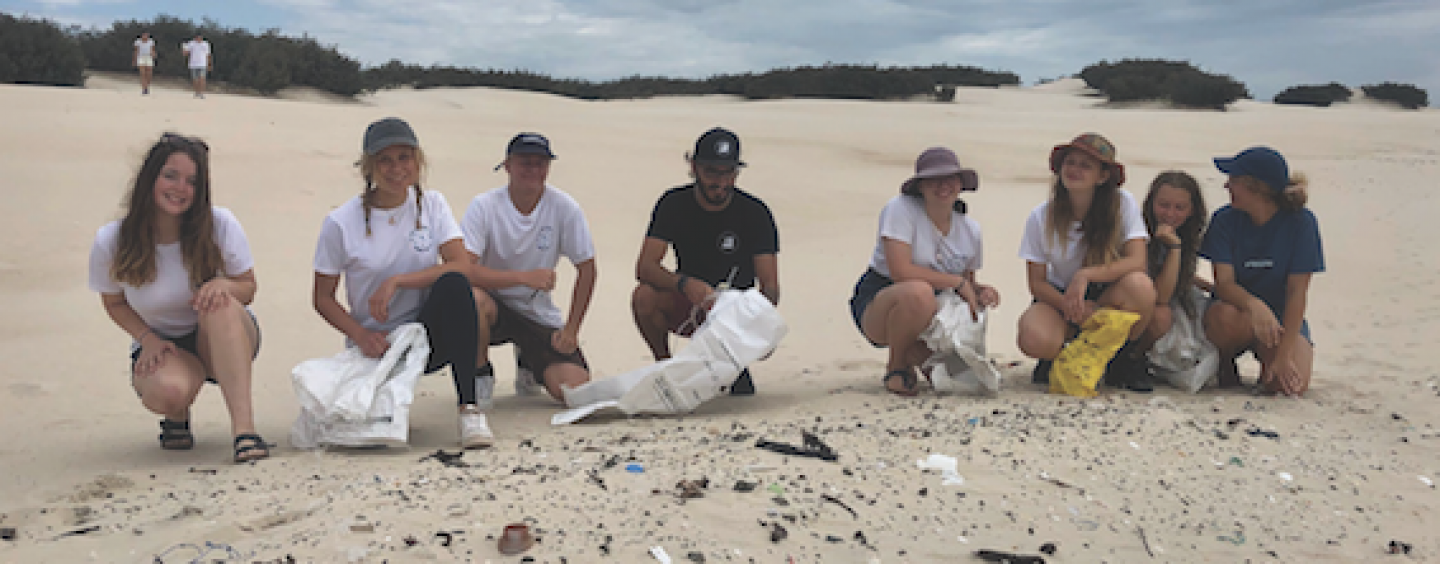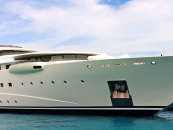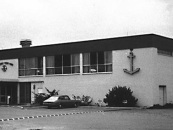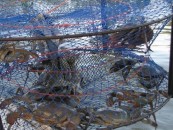South Stradbroke Island is a destination for tourists and locals alike. Located on the southeast coast of Queensland within the Moreton Bay Region (Quandamooka Country), this beautiful and unique island ecosystem has fallen victim to a devastating and increasing marine debris problem. Early in 2019, Cyclone Oma caused severe weather that resulted in parts of the island that usually remain untouched becoming overwhelmed with marine debris. Large amounts of remains created by the waste habits of humans were pushed by the cyclone above the tide line and alongside the litter left from travellers. This waste is now wreaking havoc on the island’s beautiful and unique ecosystems.
The Silkwood School Youth Ambassadors are a group of diverse and dedicated young people, with a passion for environmental conservation. Having previously conducted conservation project work in the Great Barrier Reef Islands, Norfolk Island, and Hauraki Gulf of New Zealand, we decided that we wanted to focus our efforts on a pressing local issue in the area of island conservation. Through other outdoor adventurous learning expeditions we have undertaken, and with the help of mentors, we were able to identify South Stradbroke Island as a marine debris problem area after Cyclone Oma.
On 28 February 2019, a pilot group of Youth Ambassadors set out on a project scoping expedition to South Stradbroke Island, conducting an initial beach clean-up and audit, working with our partner, Jacobs Well Environmental Education Centre (JWEEC). The aim then was to decide if we could run a project there, and what it would look like if we were to. We were able to collect 1,002 pieces of debris with the help of 12 students and two mentors. We saw first-hand the amount of debris requiring removal in the cyclone- impacted sand dunes.
In June, a group of 40 travelled to South Stradbroke Island to conduct a sand dune clean-up and audit. This event marked the official launch of our project. With our partners, JWEEC, Gold Coast Catchment Association, Panamuna Project, Reef Check Australia, and supported by the City of Gold Coast, we were able to collect just under 9,000 pieces of debris, including 4,522 hard plastics, 496 pieces of broken glass, and 980 soft plastics. This data collected was sent to the Tangaroa Blue Marine Debris Database. This collated data is used to target businesses and governments with the aim of stopping waste at its source and enacting measurable change.
The South Stradbroke Island Marine Debris project, backed by $12,000 in grant funding, has been gaining momentum. The island was visited again in September, with volunteers collecting a further 5,180 items. And to complete the 2019 leg of this campaign, we returned to the island in November. On this trip we were able to collect 9,350 items of debris, including 2,530 pieces of microplastic. This brings the total to a shocking 24,195 items removed from the sand dunes in 2019.
A significant amount has originated from recreational fishing and boating. We found 3,500 pieces of fishing equipment, with it being the second largest category of debris. So far, we have collected over 1km of netting and fishing wire. Fishing gear and rope make up a noticeable portion of the debris we find, but by far, plastic has been the most prominent form of waste that we have witnessed. In total, we found nearly 16,000 pieces of plastic debris over the past year, making up 72% of the total debris we have collected. Some information about the clean-ups, including some of the data, can be seen on Tangaroa Blue’s website.
We are venturing back to South Stradbroke Island in 2020 to continue with our large-scale clean ups and audits. We hope to open the project to other schools to get more youth out there on the frontlines tackling the conservation issues facing us today and taking action to preserve our precious marine ecosystems. Protect the sea, pick up debris.
“Caring for the environment is a very important value to have, especially present day and in the future. So, gaining an education of close-to-home issues and creating connections to these places can nurture an understanding and appreciation of the environment. I feel like it does not necessarily change your opinion, but it adds a layer of understanding to the effects of these activities. I don’t expect anyone to give up these things, but I feel that through working in a hands-on manner to combat negative effects, we can gain the knowledge of how direct our impact is.” (Zara G, Youth Ambassador)
To know more about the South Stradbroke Island-Marine Debris project, contact rwlc@silkwood.qld.edu.au
By Jane Hambiyn and Zara McConachy (Youth Ambassadors)
Published in the Jan-Mar 2020 edition.






























